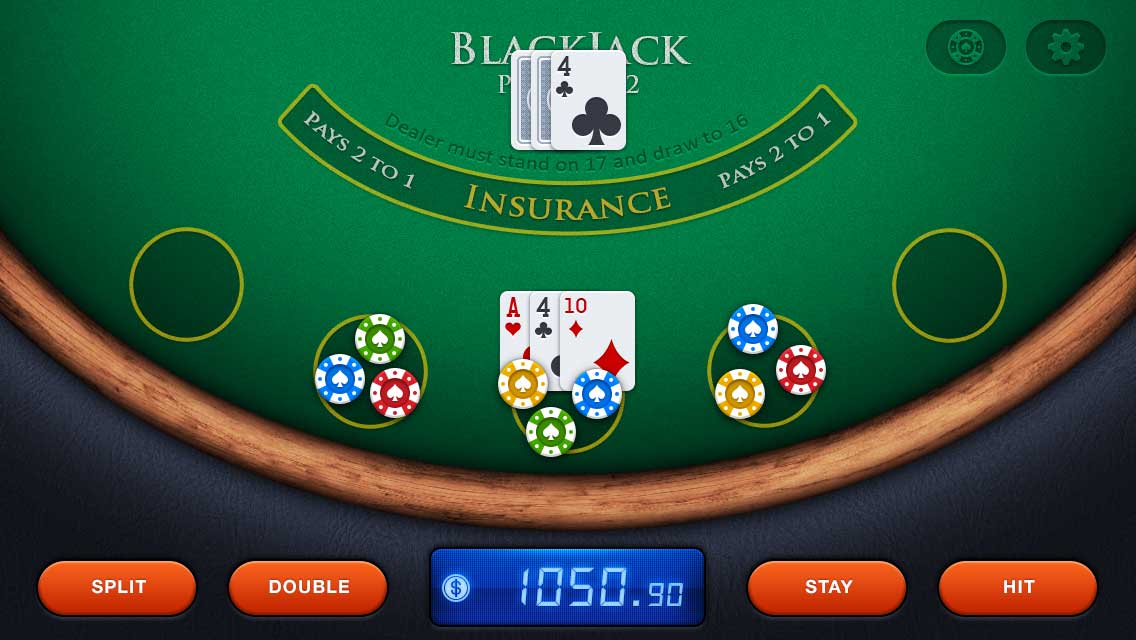
Card counting is a strategy implemented in blackjack to determine whether you or the dealer has the advantage. This knowledge allows you to make an informed decision on whether to raise the ante or hold. Card counters, also known as advantage players, make their betting decisions based on the deck’s potential composition.
Although casinos frown on the practice, counting cards is not illegal. Many casinos also only focus on large-scale bets and are not as strict when dealing with regular patrons dealing in average sums of money. Most establishments, however, have employed detection measures to sift out individuals attempting to boost their odds through a counting strategy.
In such cases, the persons might be asked to leave the establishment or might simply be banned from the blackjack table. The emergence of online gambling has made traditional counting measures a bit difficult to uphold. Since card counting is an observation method, monitoring individuals on a virtual platform is not easily accomplished, but still possible.
Some of the common measures implemented by online casinos when looking to identify potential card counters include:
Counting cards does not have an immediate effect when it comes to influencing your betting strategies. It takes time to identify the potential valuation of a deck and turn the odds in your favor. This means that card counters will likely make minimal bets during the beginning of the game, with the stake increasing steadily as the deck nears its end.
Card counters bet high when the odds are in your favor and low when the house has better odds. Many players are tempted to raise their stakes significantly when the remaining deck features a potential good hand. Players also tend to bet as low as possible when they know the deck is stacked against them. Dealers can thus notice a pattern if a person happens to continuously bet minimally when low-value cards are produced and then increase their bets when high-value cards are served.
Contrary to popular belief, you don’t have to be a mathematical genius to implement card counting during a game of blackjack. Individuals simply need to attach a point score to the cards played, allowing them to determine their chances of acquiring a favorable card with the next draw.
Keeping a tally of the cards through this method allows one to approximate which card value is likely to be drawn by the player and dealer. Potential low values in the remaining deck represent a disadvantage for the player, as it generally suggests one is unlikely to hit blackjack with their next two cards.
Although this strategy is simple enough, it requires continuous practice and significant amounts of concentration. It should be noted that an individual will have to start their tally afresh every time the deck is shuffled.
The rules of blackjack remain the same whether one is playing in a brick-and-mortar establishment or on a virtual platform. The main difference between traditional casinos and gambling websites is the kind of dealer provided. The are two options available when it comes to online blackjack. Live dealer games refer to online sites that use actual people to serve cards to their online patrons.
These dealers are situated in a physical establishment and use physical cards whose values are transferred to the player accounts. Some blackjack websites, however, have recently adopted RNG (random number generators) applications with their games. In such cases, a live dealer is replaced with a computer program that unsystematically produces different cards during the game.
In simple terms, card counting is only possible when a live dealer is involved. Human interaction allows individuals to start a tally of the cards due to the static nature of the deck. That is, once a deck has been put in play, its status remains the same until it’s shuffled again. When an RNG application is used, the card values are produced erratically, as there is no existing deck that remains consistent in its content. This makes it impossible to predict the potential valuation of the remaining cards in a deck.
Casinos also generally implement several decks with their blackjack games and encourage frequent shuffling to deter card counters. Every time a deck is shuffled, an individual has to start their count again. Continuous shuffle machines (CSMs) are used by some casinos, which allow them to shuffle a deck automatically without pausing the game.
This is because the whole point of counting cards is to determine the potential valuation of an existing arrangement of a deck. Individuals will have to keep track of the cards in a game for a while before they can start betting on the potential valuation of the last draw. Using multiple decks of cards is another effective means casinos have implemented when looking to mitigate the possibility of card counting.
Card counting is not a practice that is tolerated by online sites and brick-and-mortar establishments as it places the odds in the player's favor. However, card counting is not illegal according to the law. As such, a player will not face legal action should they be found counting cards, but they will immediately be banned from the establishment. Their name and faces will also be integrated into a recognition system that warns other gambling establishments against allowing such individuals to participate in the games.
Many people assume that card counting greatly enhances their chances of winning, but this cannot be further from the truth. In actuality, card counting will only increase a player’s chances of winning by a mere 1%. A player will also have to master the skill efficiently to ensure they can gain from their counting. Individuals will also need to bet with a large sum to make it worth it.
Joining a table with a minimal bankroll (below $5000) generally means that the profit margins enjoyed from the table will be insignificant. Card counting is a long-term game, and one needs a suitable bankroll to ensure they can remain at the table for an extended period.